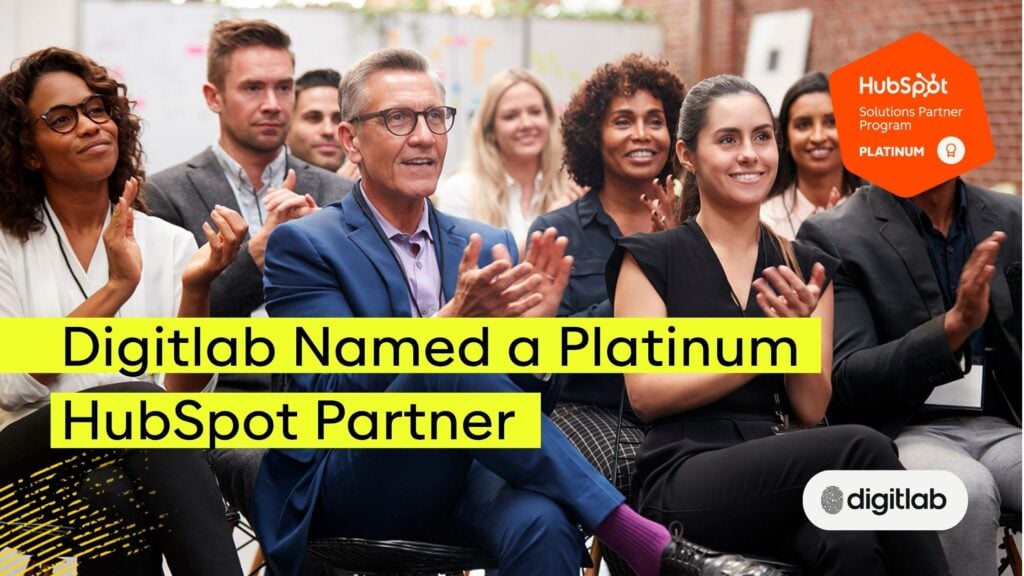In this article, Paul Walker, Fractional CMO, CDO, and eCommerce Director at Alpha9, leverages years of experience to explore the future of eCommerce. Part of the Insight 2025 report, his article examines rising acquisition costs, commodification, and the disruptive impact of Direct-from-China brands, offering bold strategies for brands to thrive in a rapidly evolving landscape.
“Brand is the promise you make to your customers”
For 20 years, brand has been a dirty word in the e-commerce world. Performance was king, brand came second.
Don’t get me wrong, performance is still what counts. The difference today is that global trade is shifting, and the way we view performance – and long-term success – is shifting with it.
Performance now has to mean the same that it meant in retail in years gone by, that you would still exist as a business in 10 years’ time.
This need for longevity in digital retail is driven by the rise in costs of acquiring customers and the rapidly increasing commodification of goods and services. If you can’t build a business that maintains its customers and offers a point of differentiation then you are destined to fail.
So how do we ensure that your digital business is prepared for the rapidly changing e-commerce landscape?
Before we can look at what is to come we need to take a moment to look back. Permit me a brief history of e-commerce. Having worked in e-commerce for 20 years, it often feels like it has been around forever. But in reality, it has a short history, driven by key shifts at various times.
Globally, we saw the rise of marketplaces like Amazon and eBay dominate the early- to mid-2000s. Only achievable after the groundwork of trust and acceptance was built by the retail banking and travel industries, the leaders in consumer digital at the time.
Once we started to trust that we would actually get the products & services that we paid for online, we saw an explosion of e-commerce retailers focusing on niche B2C models. They leveraged product categories, demographics and sub-cultures to carve out a space for their business in the growing online world. Think of this as your traditional retail stores suddenly opening an online store or your fast fashion sites. We also got improved payment systems, while logistics services caught up to the pace of digital retail.
Next came the Direct-to-consumer (DTC) companies, taking control of the entire value chain and selling their products exclusively through their own channels. The 2010’s also saw the base technologies shift. Mobile became the dominant user platform leading to omnichannel and social commerce becoming possible.
We now live in a world where we buy products that we would never have dreamed of buying online 10 years ago. Things like razors-on-subscription or mattresses. Think about it!
So what is next? Where are we going? And what does brand have to do with it?
The single biggest shift of the last few years has been what I have coined Direct-from-China (DfC). The explosion of Chinese DfC brands, like Shein and Temu, has rocked the traditional and digital retail worlds of South Africa and the rest of the world.
By solving one complex problem – acceptable delivery times from China to the rest of the world – the Chinese giants could now undercut a huge swathe of retailers, jeopardising whole industries like freight forwarders, importers and clearing agents. Without these additional business layers (and some favourable tax loopholes), DfC can under-cut the pricing on many consumer goods while still providing an acceptable customer experience.
Bob, the owner of Bob’s Imports, the (fictional) importer of lower to mid-range homeware that is sold on Takealot, should really start planning an exit strategy.
Commodification is likely to increase further as we add in AI.
Robotics, 3D printing and design will eventually reduce the overall cost of production to what Steve Jurvetson, renowned polymath and investor, calls ‘a dollar a pound’. Costs are so low that it isn’t worth it for people to spend their time working on it.
This commodification of huge swathes of products is compounded by the rising costs of acquiring customers. A report from SimplicityDX showed that Cost of Acquisition (CAC) rose by 222% between 2013 and 2022. This is due to many factors though chiefly:
- Large amounts of competition for Ad auctions entering the market
- The introduction of iOS 14.5 and the demise of third-party cookies.
- Increased consumer privacy legislation such as CCPA, GDPR and POPI.
These have turned the lush, green fields of e-commerce of yesteryear into the mud-drenched battlefields of 2024. If it costs so much to get the first-time customer then you better make sure that you offer them a compelling reason to stay a customer. Here is where I believe the answer sits.
I’m talking about brand.
Now, designers, don’t get over-excited. This is not a call for you to push forward with that logo redesign for the 10th time. No, the brand we are talking about is the promise that you make to your customers.
It is the promise of a better life because they choose you.
The promise of reliability.
The promise of credibility.
The promise of value.
The promise of time and money well spent in building your relationship with them.
This is what gets your customers to type in your brand name into search – rather than a generic product search – when they are choosing to buy something you sell. (Hint: this makes performance marketers’ lives a lot easier.)
This is a customer experience strategy.
To regain control of the customer experience and create value around your products you need to focus on delivering on your brand promise. Otherwise, your costs will continue to rise and each customer becomes less and less profitable. You then enter the e-commerce death spiral of rising CAC, increased discounting and shrinking customer lifetime value (CLTV).
So how do you achieve it?
Promise BIG, Deliver. Collect data.
Before you do anything, make sure that you are sure of who you are as a brand. This is where ‘promise BIG’ comes in. Be as bold as you can be. If you are fun, then be unashamedly fun. If you are a value brand, then double down on value. Do not fade into the background when viewed against your competition.
Promising BIG also aligns your organisation by providing a set of principles by which you do business. This helps to set culture in your teams and partners that filters through in the customer experience you provide. It gives clearer guidelines for copywriting, creativity, customer care etc.
Even your accountants will get it. Research led by Alan Morgan showed that nearly 80% of ads in the UK do not pass the attention threshold and that it costs GBP10 million more in media spending to have the same commercial impact as an interesting campaign. Being vanilla costs you more than the risk of being bold.
Secondly, you need to have the mechanisms in place to deliver brand at scale. There are two aspects to this, technology and creative thinking. By creative thinking, I mean finding business solutions in innovative ways by taking apart every detail of your operations. Sometimes you need to throw out ‘best practice’ as a term you use in case it leads to a path of sameness. The ChatGPT-ness of business process, if you will. There are hundreds of ways to deliver on your brand if you think deeply and creatively enough. It could be something innocuous like the design of your receipt, the tape you use on your packaging or the messaging in a funnel.
However, your e-commerce business brand is mostly delivered by your technology stack. As a general rule, I have noticed that South African e-commerce businesses tend to be more conservative when it comes to expanding their tech stack. This is mainly due to the costs and lack of awareness. In the US, where competition is most fierce, you can often see tech stacks with 30+ different tools. Each one is used to gain a slight advantage across the complete business value chain. Tools optimising speed, rapid testing or data flows are rarely seen in Mzanzi but are standard practice state-side.
Thirdly, if I could offer one tip to ensure your e-commerce future, it would be this: Collect data. Data will be the enabler of innovation and innovation will ensure better delivery of your brand promise. So start now and store as much data as possible, even if you do not have the perfect data warehouse or customer data platform (CDP) in place. When I say as much data as possible I mean store everything. Store structured and unstructured data like images, ads, campaign history, call recordings, weather, economic data, and anything you can get your hands on. This collection of data will set your business up for AI success.
And for those worried about how to access and use this data (with the associated costs), that is my other big prediction for 2025. That natural language programming will democratise data access for AI by allowing you to interact with it using everyday language rather than specialised code. If you have the data and you can imagine – and then articulate it – it will be possible. But first, collect data
In the meantime, just collecting first-party data will bring you the success that you need. Personalisation through data brings a level of intimacy with your customers that is vital to forming the brand connection.
As you can see, brand is not woo-woo marketing, storytelling or what the beard-sporting, flannel shirt-wearing, bespeckled guy at your agency tells you. There are concrete steps you can take.
By stepping into 2025 with a robust brand focus you can set yourself up for success. This means boldly defining your brand identity and ensuring every aspect of your business, from marketing and customer service to technology and operations, reinforces that identity. Embrace innovation and data collection to optimise the customer experience and deliver on your brand promise, setting you apart from the competition and building that customer relationship for decades.
Who knows, maybe we will still see you around in 10 years.
You can read more from our other contributors and download the full report here: https://digitlab.co.za/digital-trends-report/





